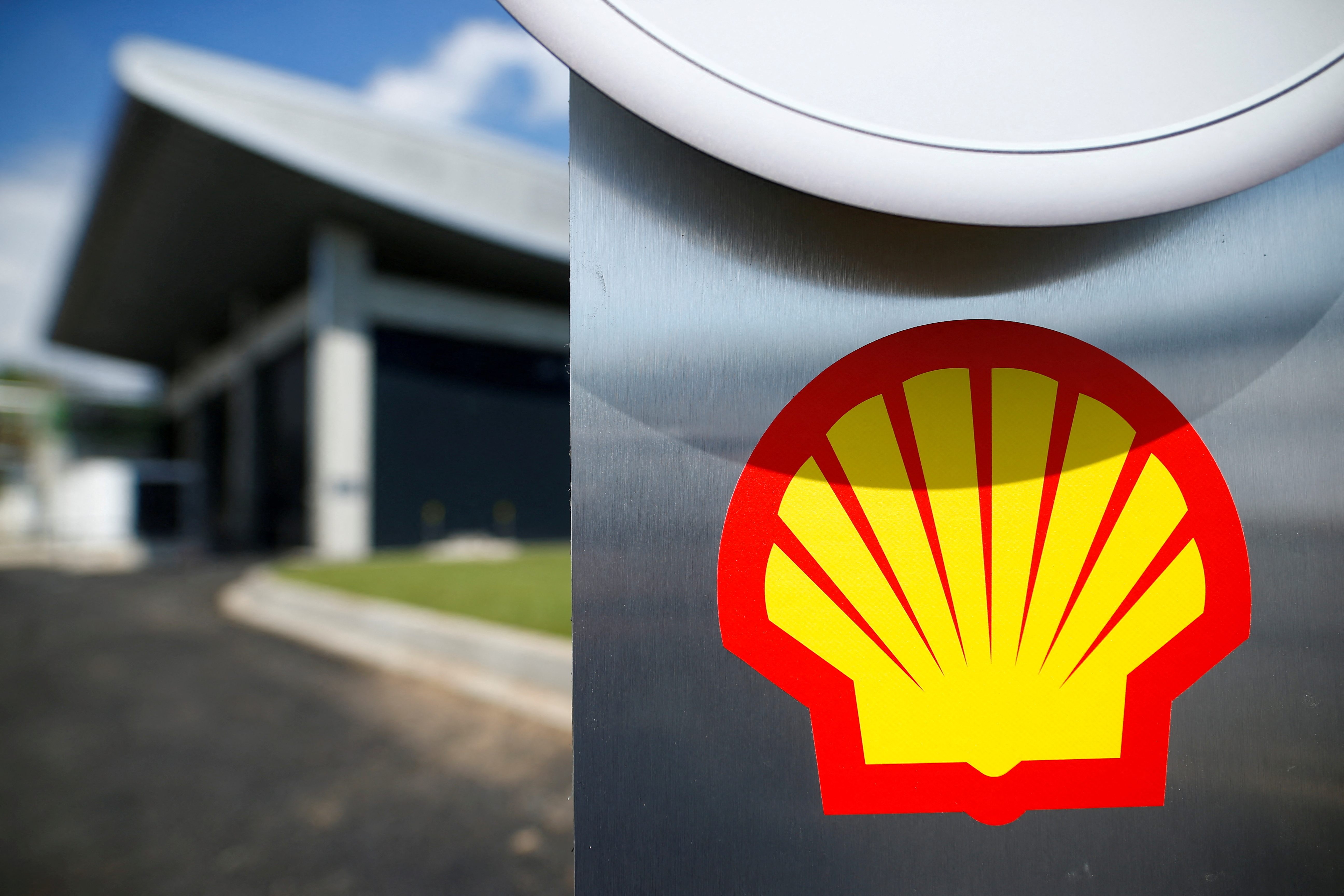In an effort to restore investor confidence that had been shaken by its energy transition strategy, Shell (SHEL.L) CEO Wael Sawan said that the company will increase its dividend and share buybacks while maintaining oil output at current levels until 2030.
According to a new financial plan unveiled on Wednesday during an investor conference in New York, Shell would boost its total shareholder dividend from the previous 20% to 30% to 30% to 40% of cash flow from operations.
This includes increasing the dividend by 15% and increasing the share repurchase pace from the second quarter to $5 billion, up from $4 billion in previous quarters.
The British corporation was ignored by many investors even after it reported a record $40 billion profit last year, and Sawan’s strategy to improve Shell’s share performance in comparison to its American counterparts is based on the financial foundation.
Concerns were raised about Shell’s potential transition away from oil and gas at a time of rising energy costs while returns from its expanding low-carbon and renewable energy businesses remained subpar.
Shell shares were up 1.4% at 1348 GMT, against a 0.8% rise for an index of European oil and gas companies (.SXEP).
“Performance, discipline, and simplification will be our guiding principles,” said Sawan, who took office in January.
“We will invest in the models that work – those with the highest returns that play to our strengths,” he added in a statement.
The dividend increase, to around 33 cents per share, is the sixth since Shell slashed its then 47 cent dividend by nearly two-thirds in April 2020, the first cut since the Second World War, in the wake of the COVID-19 pandemic.
The higher payout ratio will make keep Shell “competitive with peers”, RBC analyst Biraj Borkhataria said in a note.

OIL STEADY
Shell scrapped its previous target to cut oil output by 20% by 2030 after largely reaching the goal. It produced around 1.5 million barrels per day of oil in the first quarter of 2023.
It said it will now keep its oil production steady to 2030 and will grow its natural gas business to defend its position as the world’s biggest liquefied natural gas (LNG) player.

Capital spending will be reduced to a $22 billion to $25 billion per year range for 2024 and 2025, from a planned $23 billion to $27 billion in 2023.
Shell plans to spend around $40 billion on oil and gas production and trading between 2023-2025, compared with $35 billion on its downstream, renewables and low-energy solutions businesses.

Shell’s shift follows a similar move by rival BP (BP.L) earlier this year when CEO Bernard Looney rowed back from plans to cut its oil and gas output by 40% by 2030.
Sawan, a 48-year-old Canadian-Lebanese national who previously headed Shell’s oil, gas and renewables divisions, has in recent months scrapped several projects, including offshore wind, hydrogen and biofuels, due to weak return forecasts.
On Wednesday it said it is also conducting a strategic review of energy and chemicals assets on Bukom and Jurong Island in Singapore.
NET ZERO
Speculation that Sawan was set to slow Shell’s plans to reduce greenhouse gas emission and shift to renewables have angered climate-focused investors.
Ramping up fossil fuel production would likely lead to a rise in Shell’s absolute greenhouse gas emissions, even though it said it remains committed to slashing emissions to net zero by 2050.
Shell’s climate pledges are based on emissions intensity reductions per unit of energy produced, which means absolute emissions can rise even if the headline intensity metric falls.
It currently has a target to cut its 2030 emissions intensity, including from the combustion of the fuels it sells, by 20%.
Scientists say the world needs to cut greenhouse gas emissions by around 43% by 2030 from 2019 levels to stand any chance of realising the 2015 Paris Agreement.
Shell also faces a Dutch court ruling ordering the company to drastically cut emissions. It has appealed against the decision.

